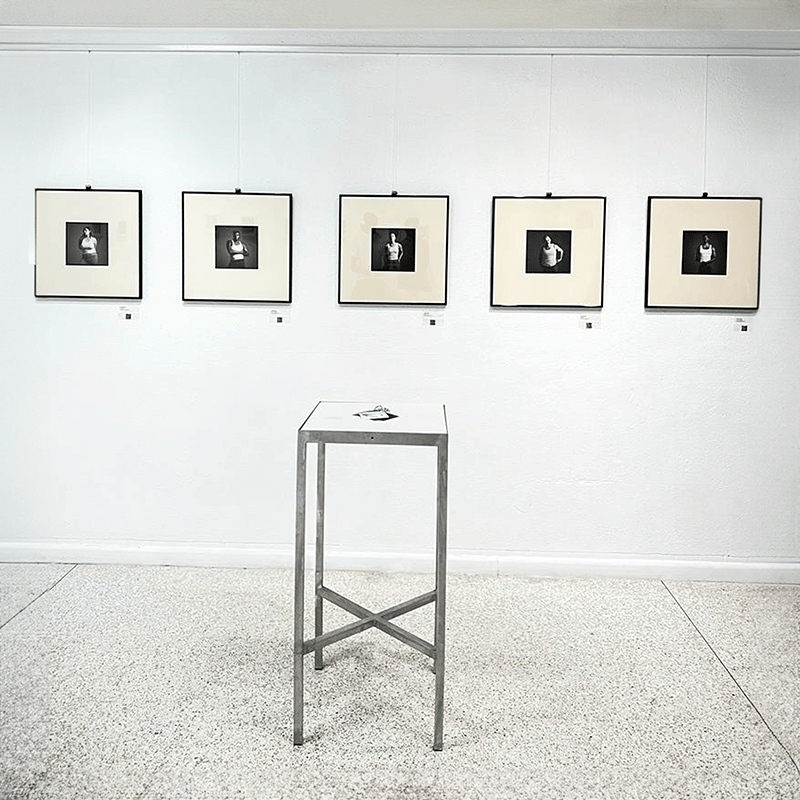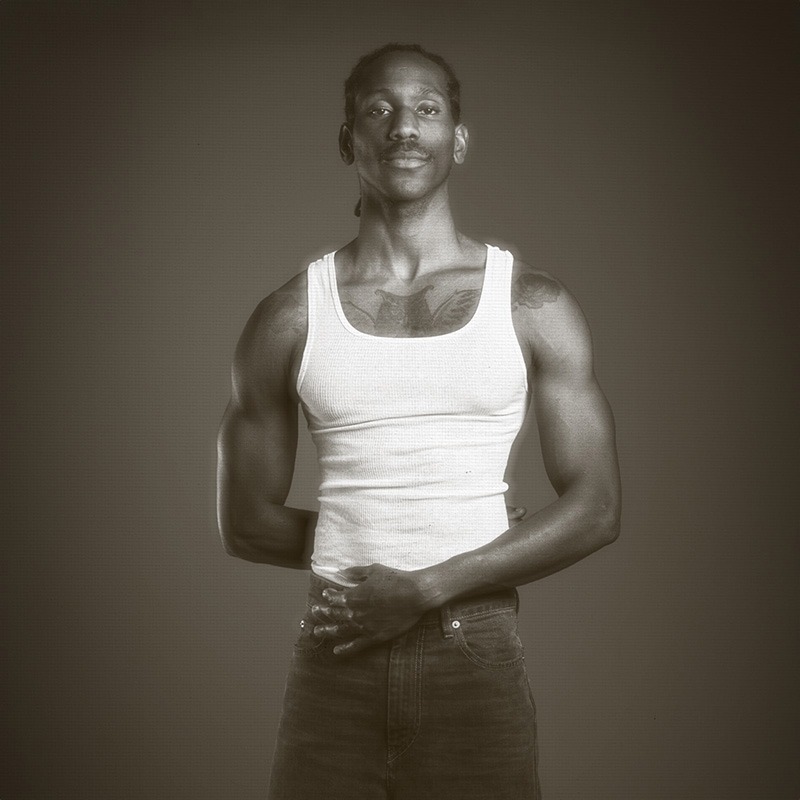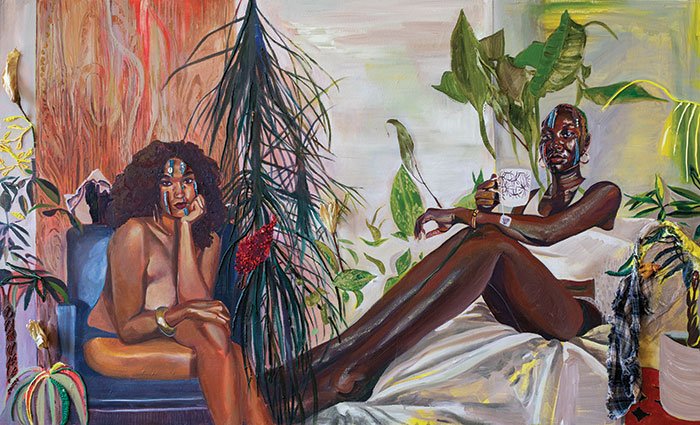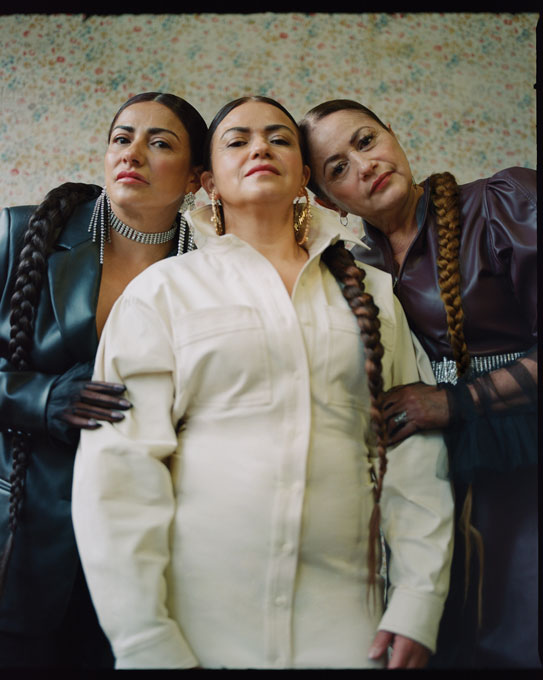Art
Johel Pereira

"Wife Beater" : Photographer Johel Pereira Explores the Cultural Meaning Behind a Generational Tank Top
Words by Joli DuBose-Morris
Images Courtesy of the Artist
The term and phrase, wifebeater, if said on its own, imposes such a negative force just on behalf of the name itself that stems from its historical implications of domestic violence. Arguably, though, when the term is placed on the cover of a glossy royal blue package with a man in a ribbed white tank top, suddenly the term becomes a simple shrug tethered to a description that identifies a clothing article from any other as if the name itself is just something we've habitually found ourselves accustomed to because of its usage in everyday wear. Regardless of how much we try to repurpose wifebeater to mean nothing but just an item to be purchased at a convenience store, to redefine it, we must address it honestly.
This particular tank top has traveled through generations, finding itself in conversations as a closet essential, and still, we have to address the name itself actively. For most, the name wifebeater is something we've become aloof to. Johel Pereira, an Indian visual artist and photographer in Miami, chooses to reevaluate this tank top in his project, "Wifebeater?" Pereira uses a collection of photos and subjects to handle the phrase with the proper care it requires.
Inside, "Wifebeater?" Pereira does the work to impose dialogue amongst society so that we can finally see the tank top without its adjacency to the term. We can all recognize the garment; Pereira takes action to see it for its value and reformation without the negative weight keeping it in a crutch. As a South Asian artist, Pereira reviews this term and its junction to the garment differently. "My unique cultural lens as a South Asian artist observing American immigrant culture is pivotal to the authenticity of this project. Approaching it as an outsider, I seek to draw parallels between various modes of oppression that manifest themselves in different societies - through garment, language, and societal norms, akin to the symbolism of the 'wifebeater'." Pereira states.

The importance of this project wasn't just on behalf of Pereira's dedication to reevaluating it, but by the cooperative efforts those around him had to hold the term accountable. Pereira said, "During this exploration, I invited my friends to reimagine the garment's label, and they offered creative and inspiring alternatives, like "wife-lover" and "partner pleaser." While I don't claim to single-handedly solve this complex issue, I believe that by raising awareness and fostering dialogue, we can collectively initiate positive change. Through education and open discussion, we can strive to dismantle harmful stereotypes and create a more inclusive and respectful environment, starting with the language we use."
Pereira showcases that despite the tank top's complex background, we as a society can change the light that the article of clothing is shadowed by. We can affirm that this tank top—the same one gracing editorials and campaigns—is rooted in love and optimism and aims to represent everyone who's been affected by the name as well as the garment. "We have the power to reclaim this clothing item and reshape its narrative," Pereira affirms.
While the "Wifebeater?" project may come to a close, photos of models seen vulnerably with their tank tops through a sepia film filter, Pereira has captured more than just a few medium shots. Instead, Pereira has captured a conversation long-lasting—he's pointed out a dialogue society has dismissed for generations, enforcing us to be accountable for change and reevaluation about this article of clothing we all know we keep in our drawers. That change may not come as instantly as his photography, but it may be something we see in years to come when those royal blue packages with men in ribbed tank tops are known as "wife-pleasers" instead of, well—you know.







